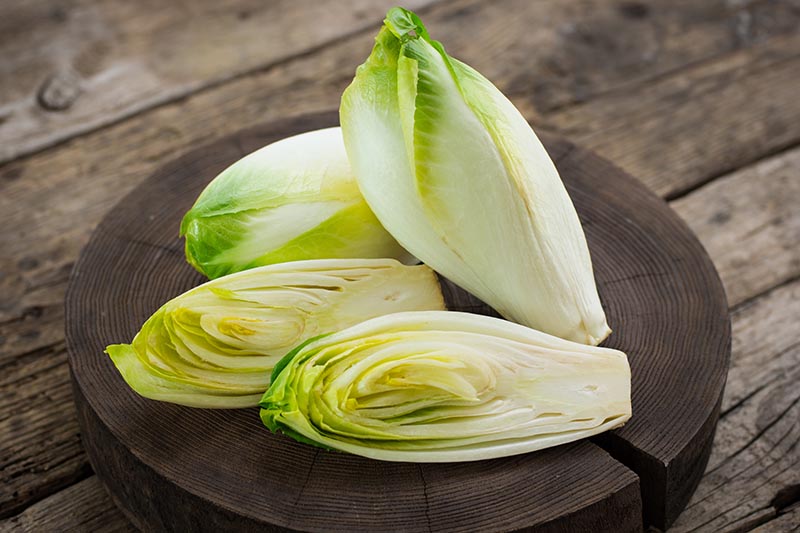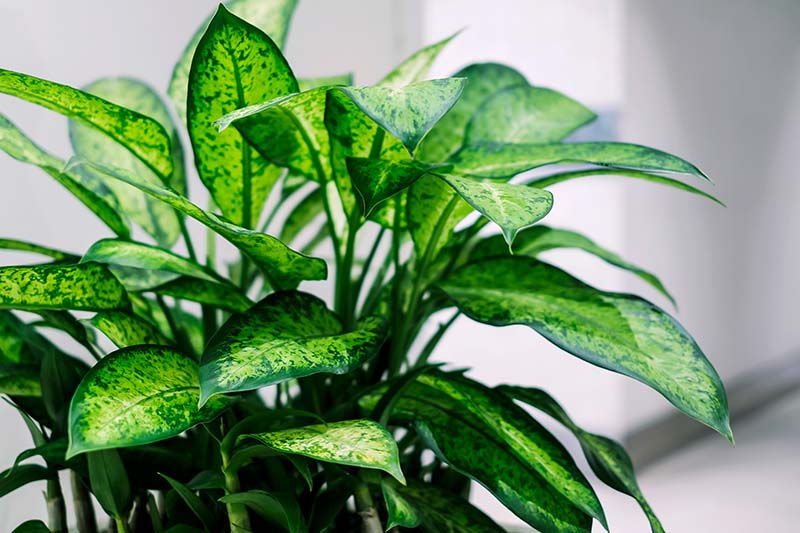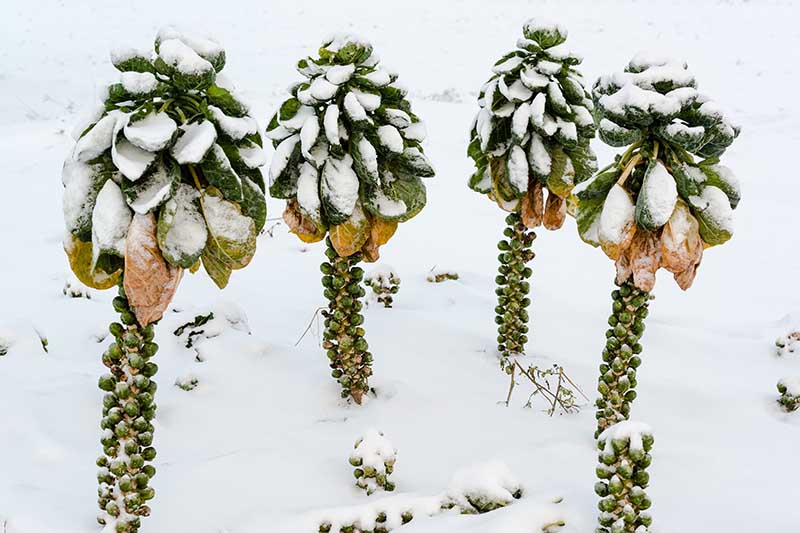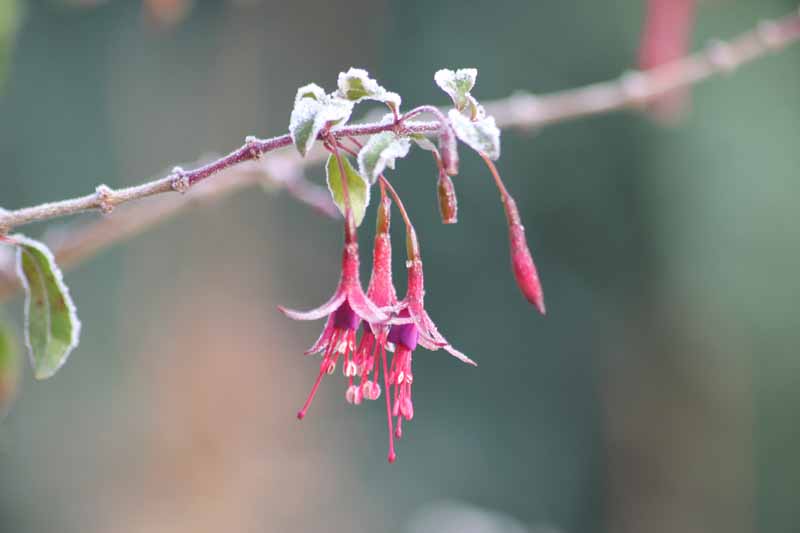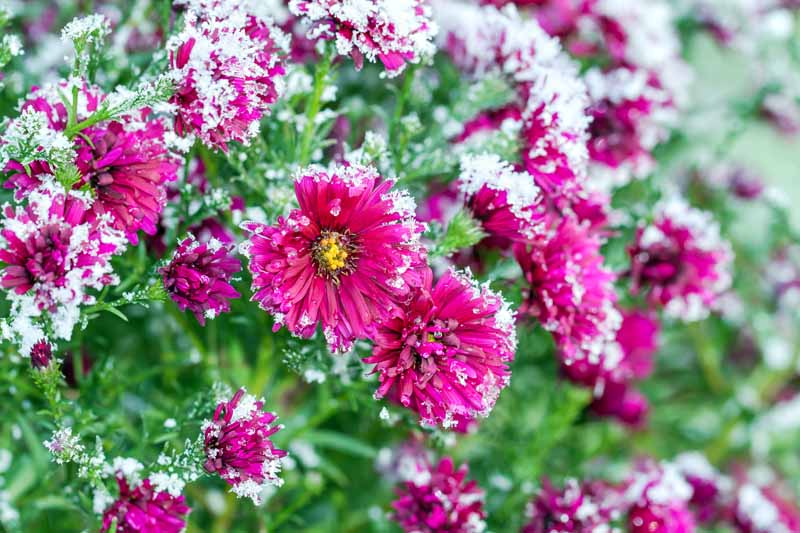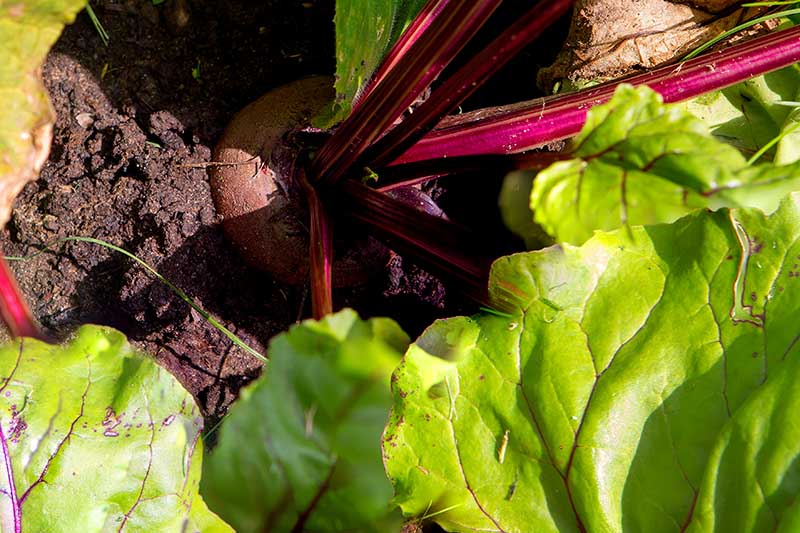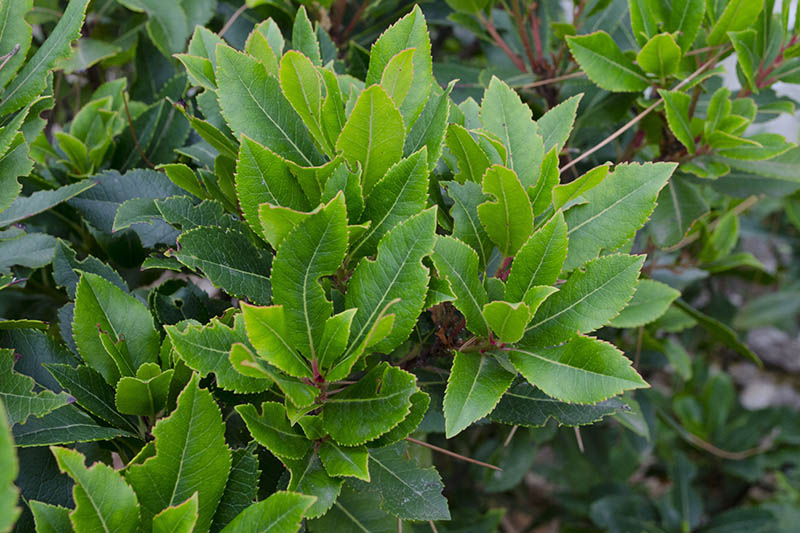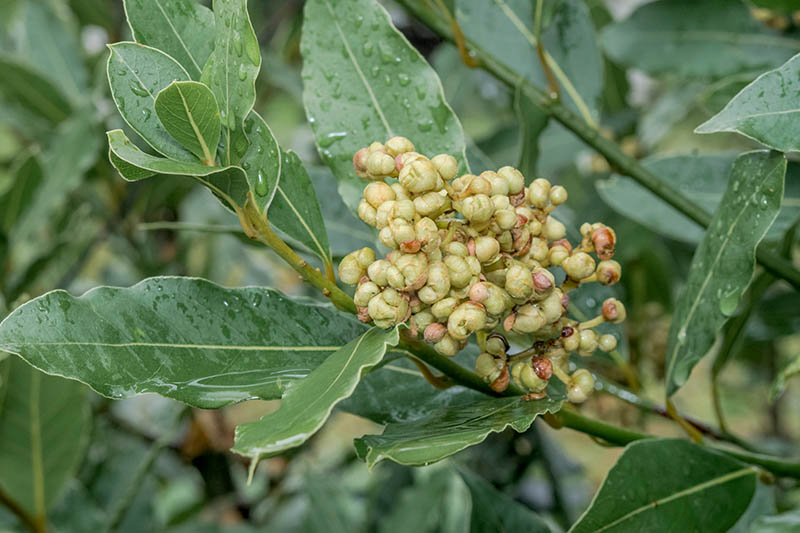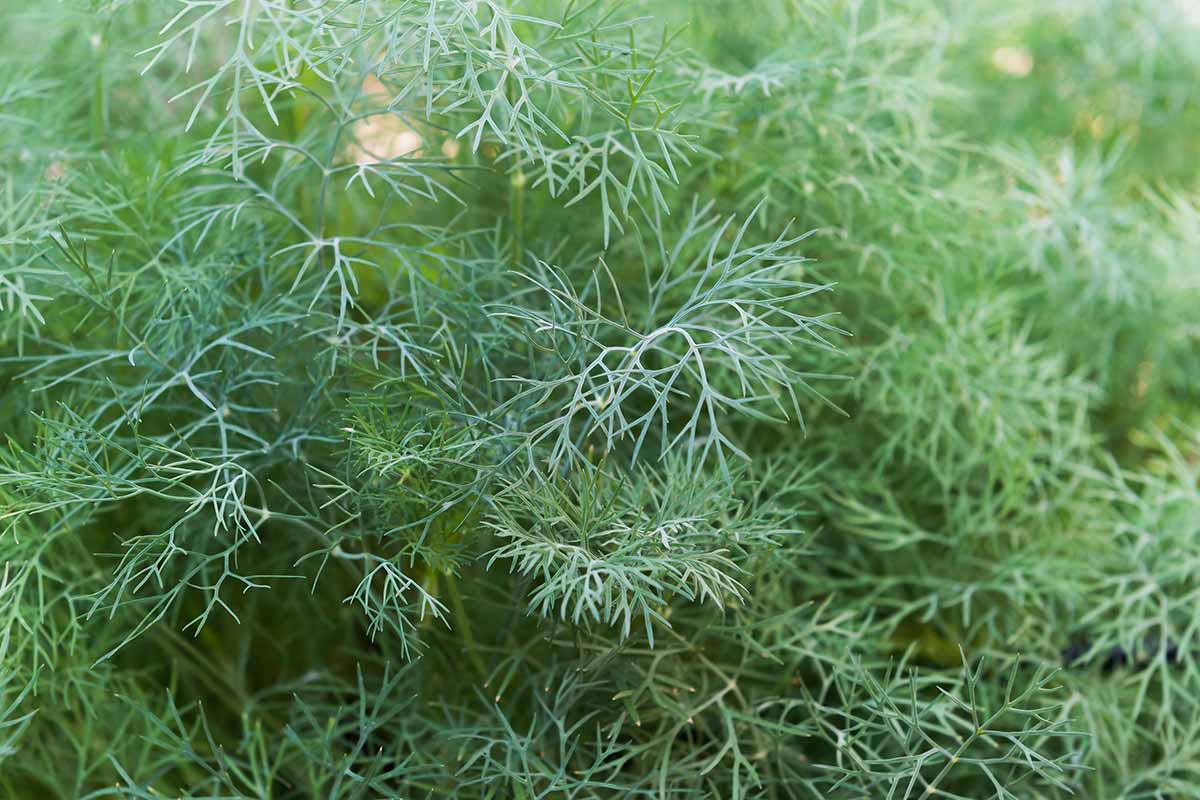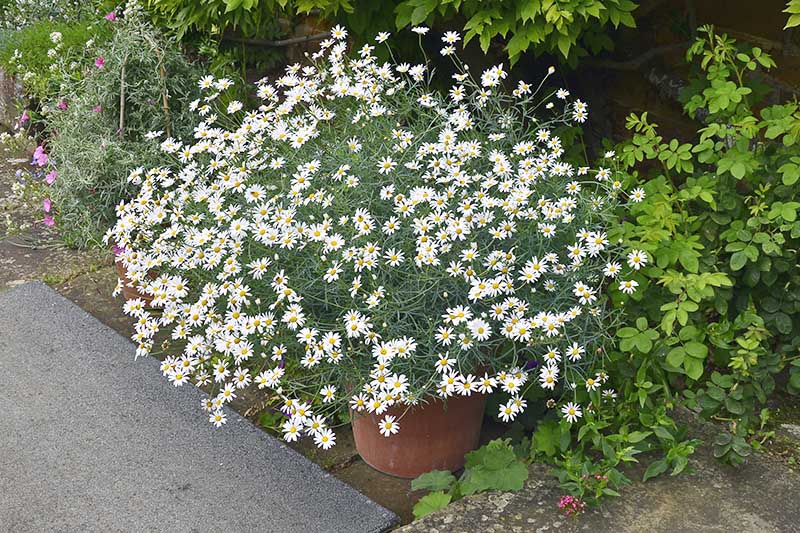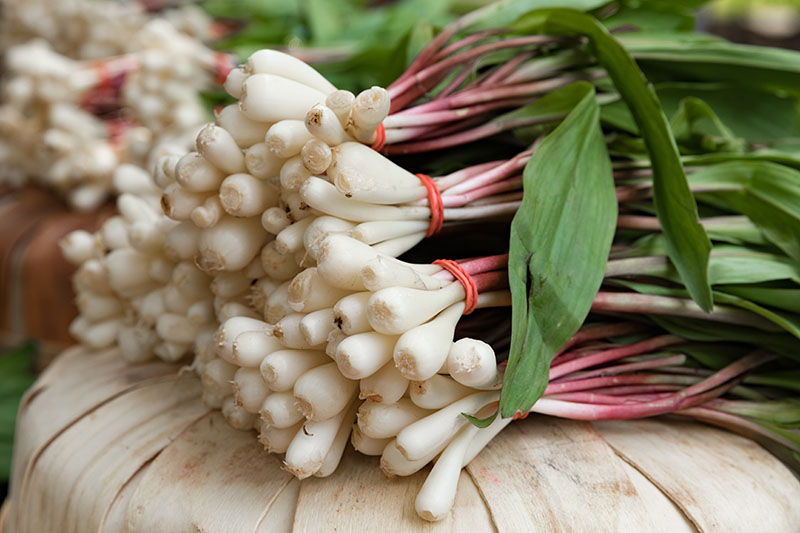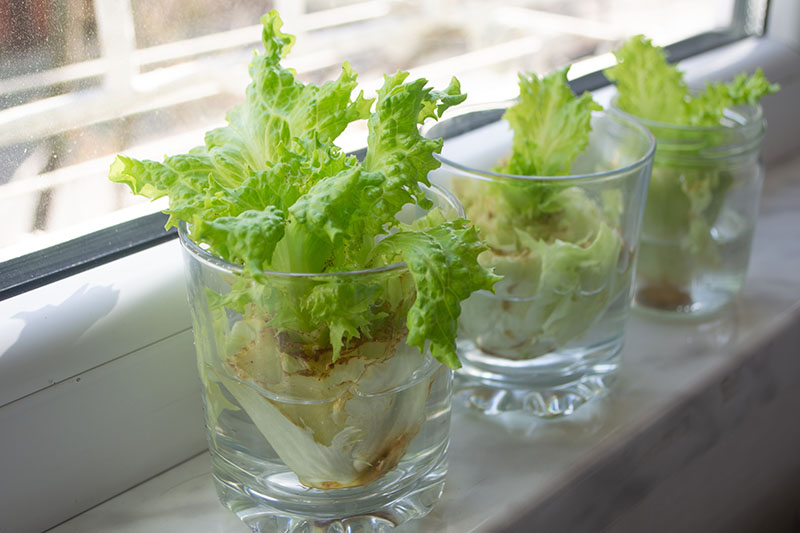How to Grow Belgian Endive
Belgian endive offers a bit of fresh, crunchy brightness in the middle of the winter. It takes a bit of patience, as a two-step process is required to grow the creamy, torpedo-shaped heads. In this guide, you’ll learn how to plant and grow Belgian endive, including how to force and blanch the tasty heads. Read more now.
